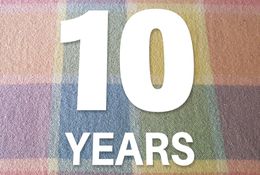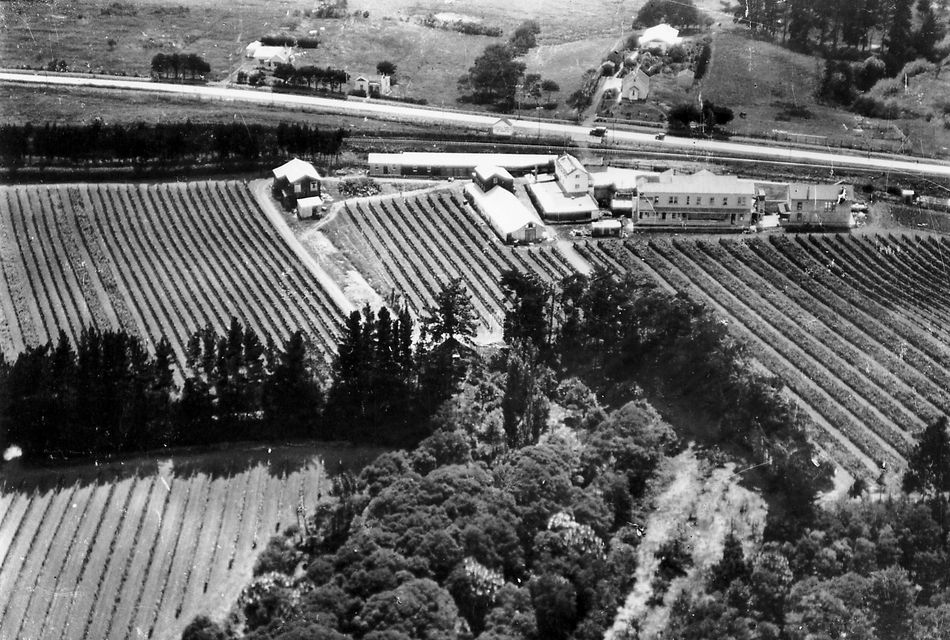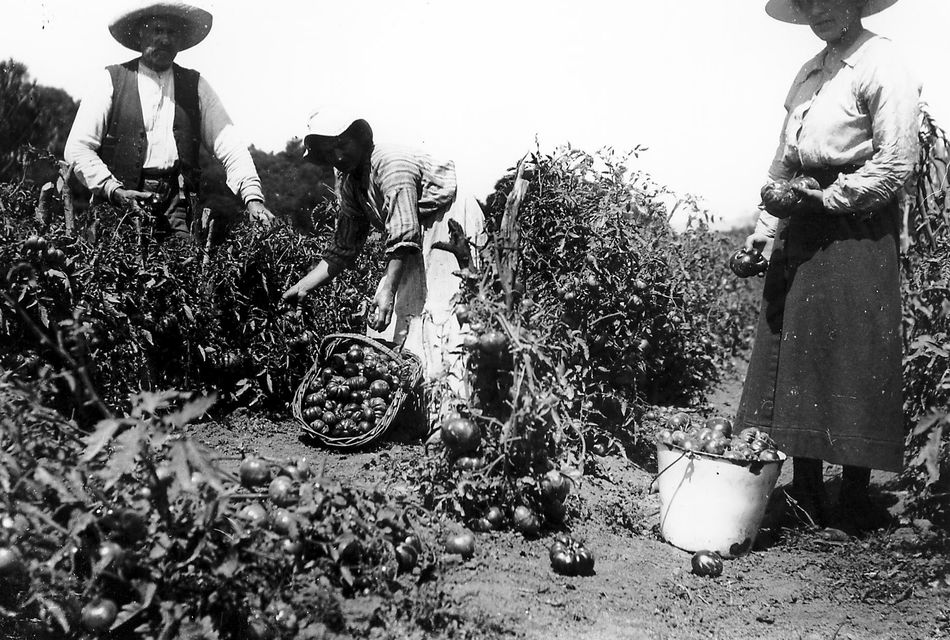When the Corban Estate site was sold in 1992, it was purchased by the Waitākere City Council and by the end of 2001, the Waitākere Arts and Cultural Development Trust had taken on the lease for much of the estate and established Corban Estate Arts Centre. Members of the Corban family contributed to the formation and development of the arts centre, and Brian Corban was the Chairman of the Trust Board for many years until his passing in 2021.
-
An extended history of the Corban family and winery is available to download as a PDF, while Dick Scott's book about the family winery, A Stake in the Country is available for purchase through the Corban Estate Arts Centre Gallery Shop.
Contact us to find out more:
info@ceac.org.nz
09 838 4455






